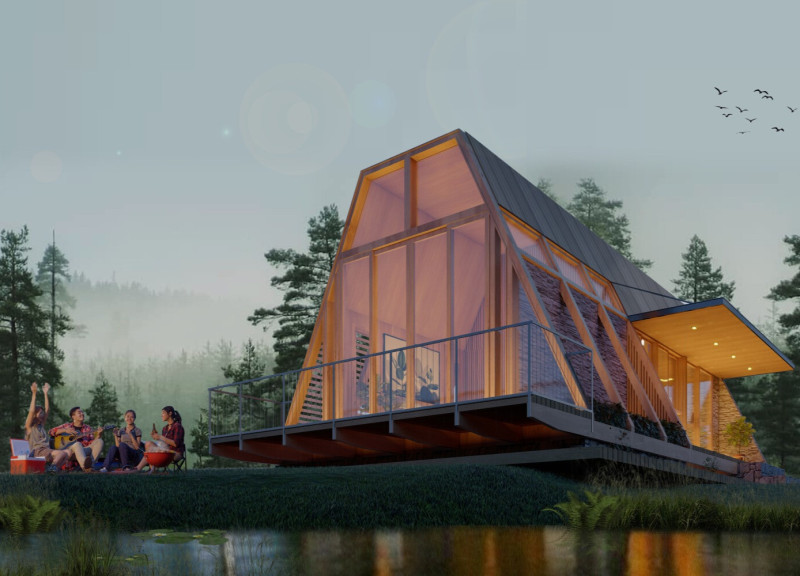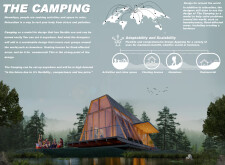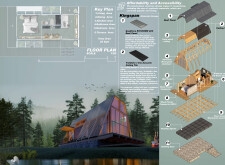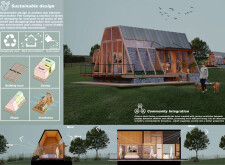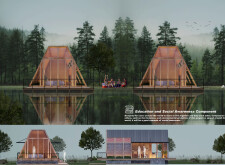5 key facts about this project
## Overview
Located in diverse urban environments, the design seeks to provide adaptable living solutions that respond to contemporary issues such as housing shortages and natural disasters. The primary objective is to create a versatile structure capable of fulfilling various needs, including temporary housing, community space, and commercial functions. By addressing the challenges posed by climate change and urbanization, the project aims to transform how communities approach resilience and sustainability.
## Adaptive Framework
### Structural Versatility
The design prioritizes flexibility, allowing the structure to be deployed in a range of contexts—from urban centers to areas recovering from natural disasters. This adaptability enables the establishment of supportive community environments, regardless of geographic or social challenges. Each setup can be tailored to reflect the specific requirements of its location, providing essential features to improve the quality of life for diverse populations.
### Environmental Integration
Emphasizing sustainability, the project incorporates natural ventilation and green spaces to enhance well-being and reduce dependency on energy-intensive systems. The arrangement of open areas fosters an organic connection to nature, creating healthy living environments. Furthermore, the design strategy encourages social interaction by providing communal spaces that facilitate collaboration and inclusivity among residents.
## Material Selection
An integral aspect of the design is the thoughtful selection of materials which enhances both sustainability and functionality. Key components include:
- **QuadCore KS1000RW LEC Roof Panel:** Enhances energy efficiency by minimizing heat entry while maximizing natural light.
- **Trodtek v-line Acoustic Ceiling Tile:** Improves acoustic quality in shared spaces, contributing to a comfortable atmosphere.
- **Wood Plastic Composite (WPC):** Offers durability and weather resistance in flooring and wall elements.
- **Artificial Stone PU Stone Veneer:** Provides aesthetic appeal without the weight and cost of natural stone.
- **Wood Grain Aluminum:** Combines modern aesthetics with structural integrity in roofing applications.
These materials support the project's environmental goals while ensuring durability and usability across various contexts.


